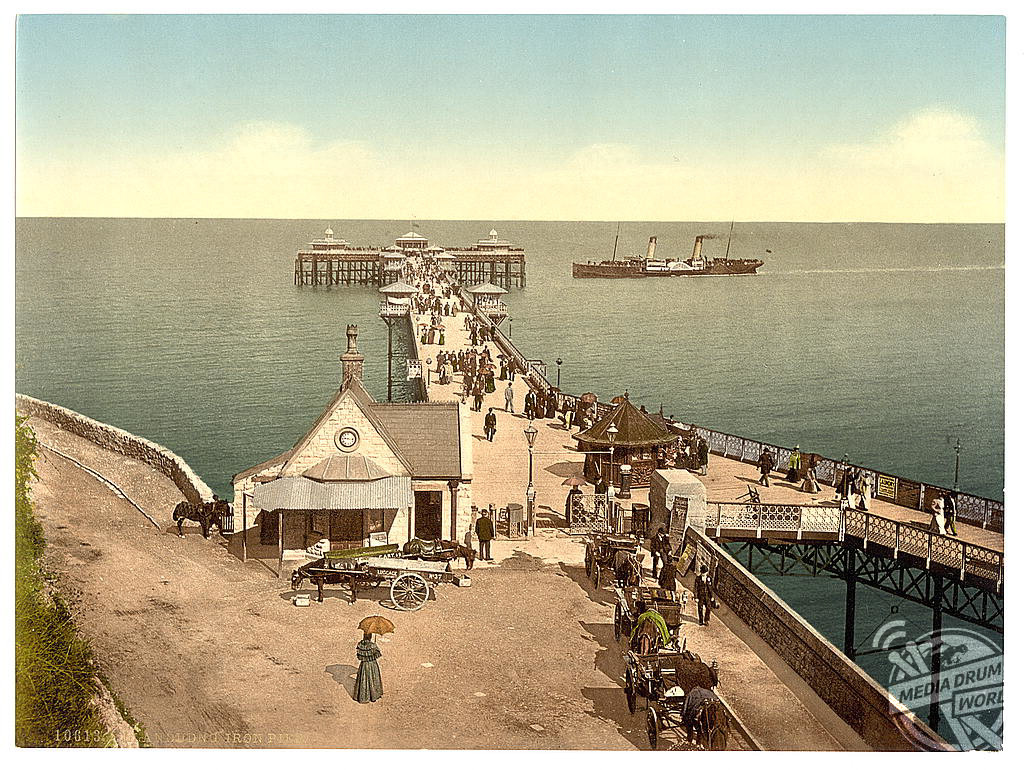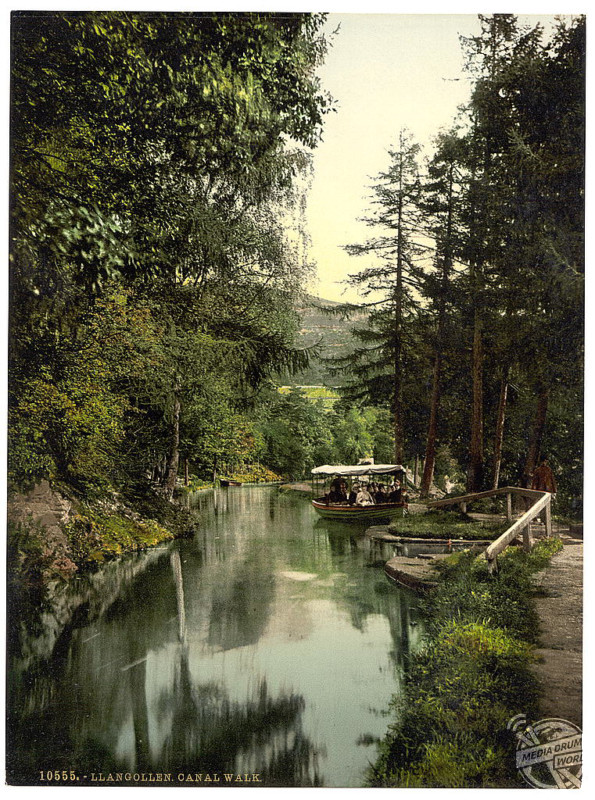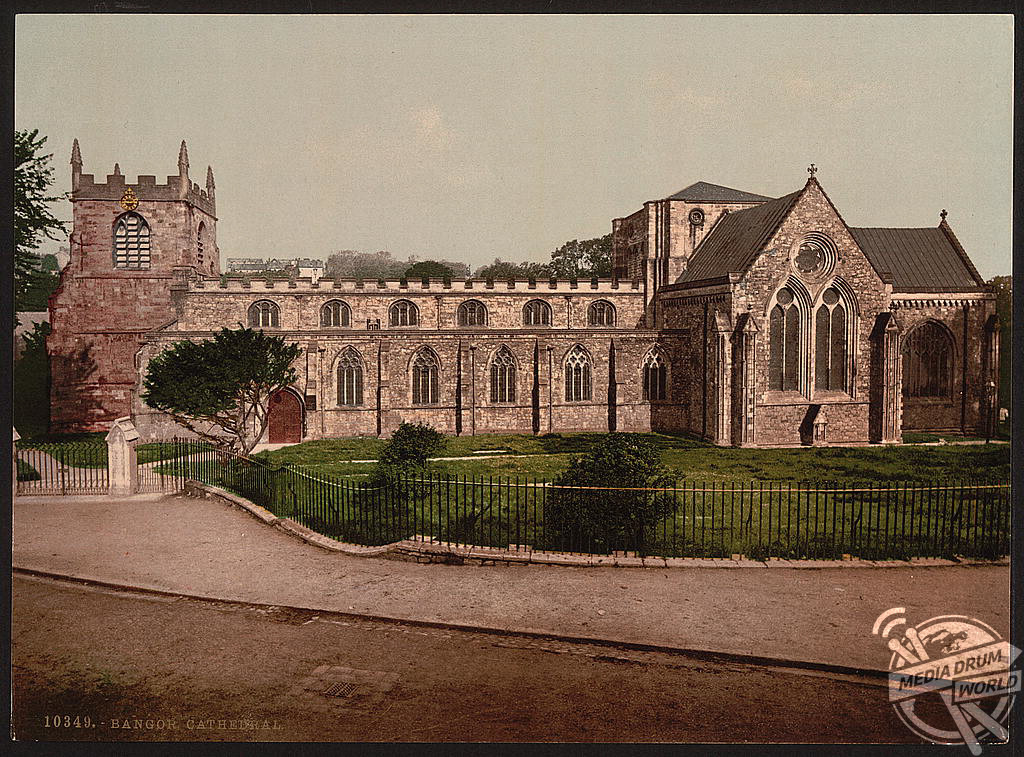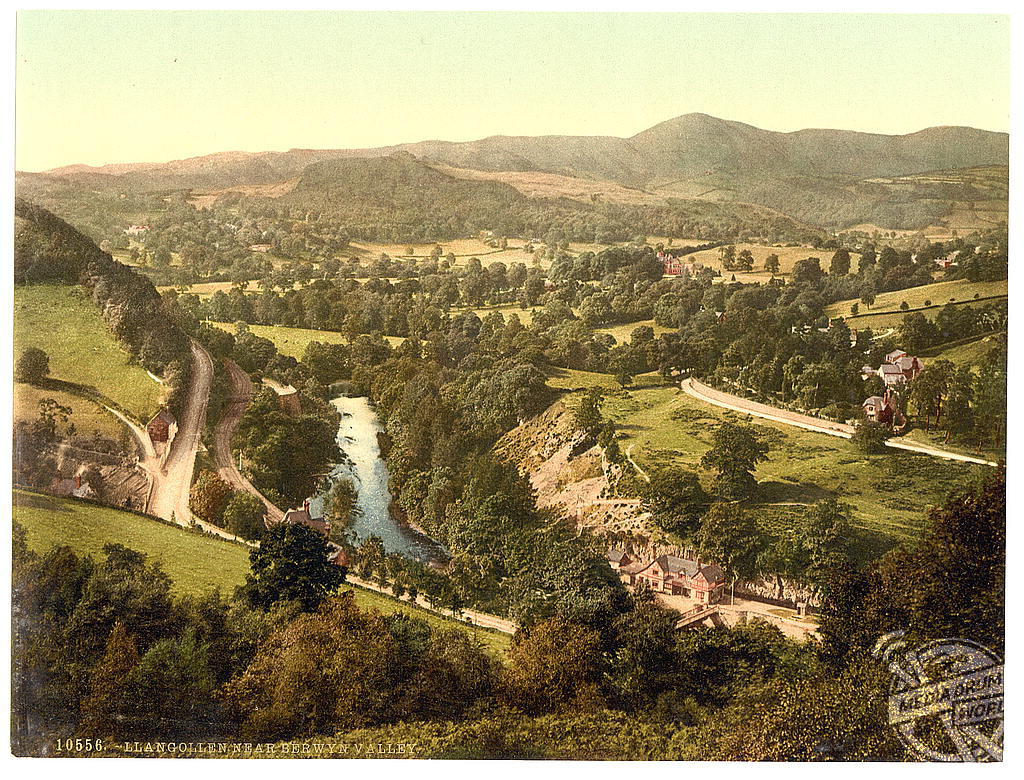By Liana Jacob
EXQUISITE vintage colour postcards from the Victorian-era reveal the lavish landscapes of Wales and its rivers bridges and cathedrals as our forebears would have witnessed the landscape.
The alluring snapshots represent the stunning views of Wales’ most picturesque touristic spots, such as; the canal walk in Llangollen, the Bangor Cathedral and the Iron Pier in Llandudno.

Other images show the sun setting on a lake in Bala over 100 years ago, the elegant lighthouse in Llandudno and Pontcysyllte Aqueduct in Llangollen.
This is a navigable aqueduct that carries the Llangollen Canal across the River Dee in north Wales. The 18-arched stone and cast iron structure, which took 10 years to design and build, was completed in 1805.

It is now the oldest and longest navigable aqueduct in Great Britain and the highest in the world. The aqueduct was to be a key part of the central section of the proposed Ellesmere Canal, an industrial waterway that would create a commercial link between the River Severn at Shrewsbury and the Port of Liverpool on the River Mersey.
Bangor Cathedral is an ancient place of Anglican worship located in Bangor, Gwynedd, north-west Wales and founded by Saint Deiniol.

It has been used as a place of Christian worship since the sixth century. Its founder was traditionally the first Bishop of Bangor in the Kingdom of Gwynedd.
Another image illustrates the traditional Welsh clothing during the late 19th century. The traditional Welsh costume was worn by rural women in Wales.

It was identified as being different from that worn by the rural women of England by many of the English visitors who toured Wales during the late 18th centuries, an item of clothing that survived in Wales for longer than elsewhere in Britain.







